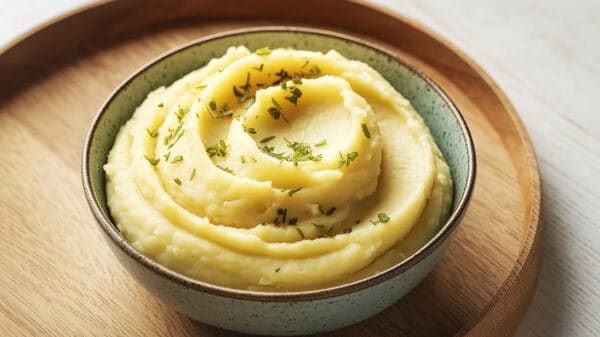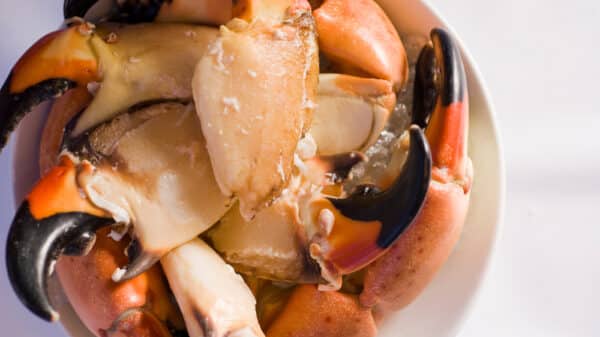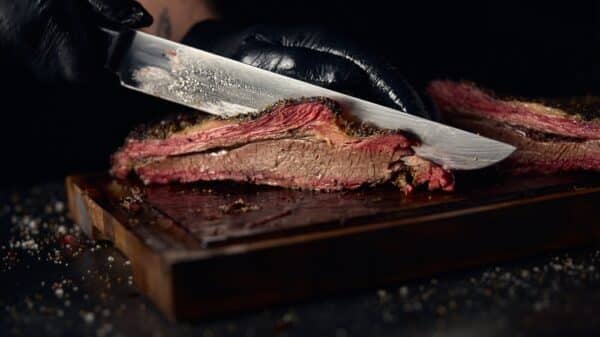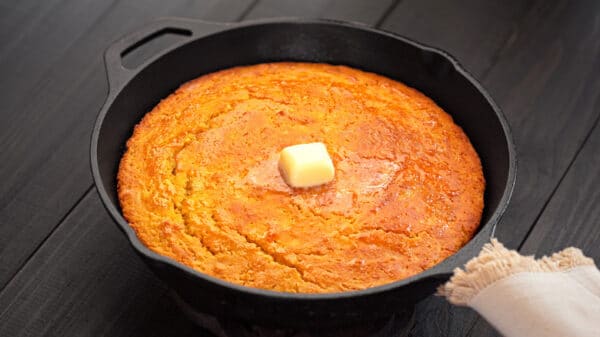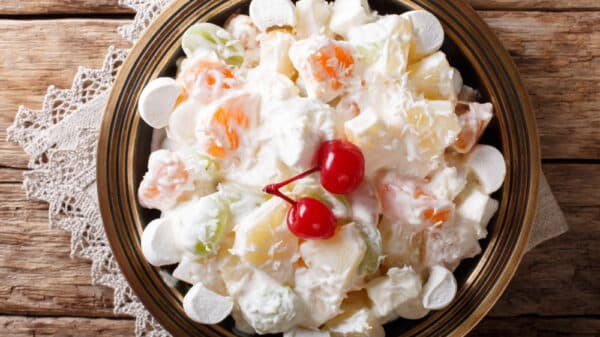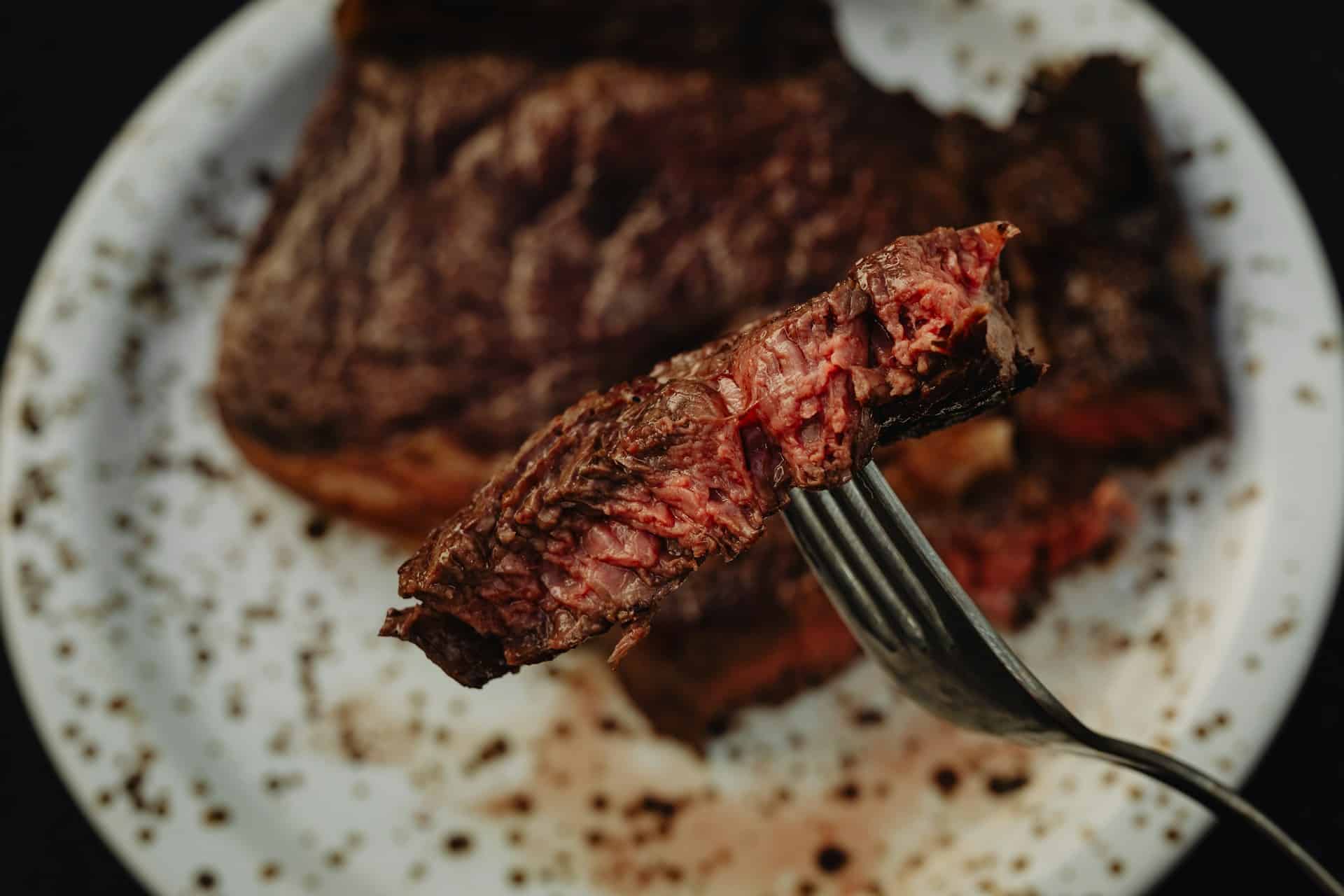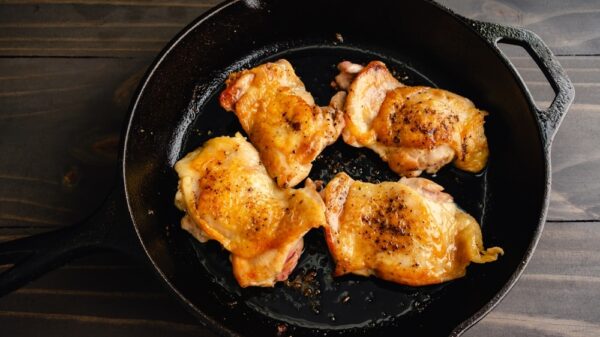When it comes to serving steak that leaves a lasting impression, achieving a crispy crust is essential. This not only adds texture but also deepens the flavor through caramelization. The secret to mastering this is primarily linked to the Maillard reaction, which transforms the surface of the meat when exposed to heat. To unlock this flavor potential, expert advice from food enthusiasts is invaluable.
The Role of Surface Moisture in Cooking
Marissa Stevens, a recognized recipe developer, emphasizes that “surface moisture is the enemy of browning.” When the surface of the steak is wet, heat is primarily used to evaporate the water rather than initiate the essential browning process. Consequently, your steak ends up steaming rather than searing, leading to potential overcooking of the interior. For optimal results, it’s crucial to use simple kitchen tools—like paper towels—to ensure a dry surface before cooking. This seemingly minor adjustment can lead to major improvements in the quality of your steak.
Mastering Dry Brining for Flavor and Texture
One of the most effective methods to enhance both the flavor and texture of steak is through dry brining. This technique involves generously coating the meat with salt and allowing it to sit, typically in the refrigerator, for a set period. The process draws moisture to the surface, creating a salt-concentrated liquid that seeps back into the meat. According to Stevens, “For thick steaks, I like to salt at least 12 hours ahead, even 24.” In contrast, thinner cuts benefit from a shorter brining time, about 30 minutes to an hour.
An important point to note is that keeping the steak uncovered in the fridge helps maintain a dry surface, a critical aspect when aiming for a crispy crust. This exposure to air ensures that while the meat absorbs salt and flavor, it also remains dry enough for effective browning when it meets the heat.
The Salt Factor: Timing and Amount
Understanding the salt-to-meat ratio and brining time is crucial for success. A general recommendation is to use about one teaspoon of salt per pound of steak, but timing varies with the thickness of the cut. For instance, a thicker steak requires more time to absorb the salt compared to a thinner one, regardless of its weight. This nuanced approach ensures that all steaks, regardless of their size and cut, receive optimal flavor infusion without compromising texture.
Final Thoughts
Combining a dry surface with the technique of dry brining can significantly elevate your steak-cooking game. Not only will you achieve a delightful sear that adds a phenomenal flavor, but you’ll also ensure that your steak retains its juiciness. Emphasizing these steps can make a remarkable difference in your culinary outcomes, transforming everyday steak into a restaurant-quality experience at home. With these techniques in hand, you’re well on your way to impressing your guests and enjoying perfectly cooked steak every time.
Image Source: Unsplash

